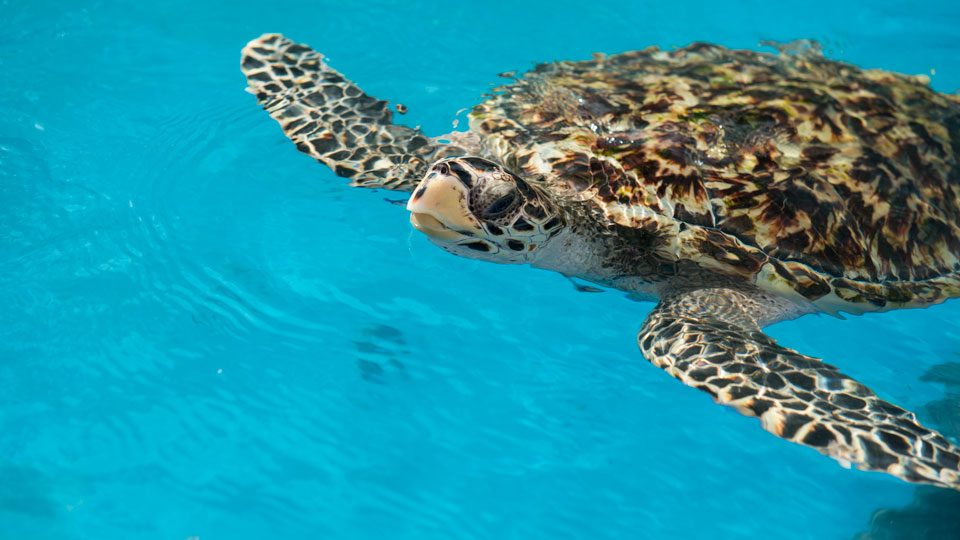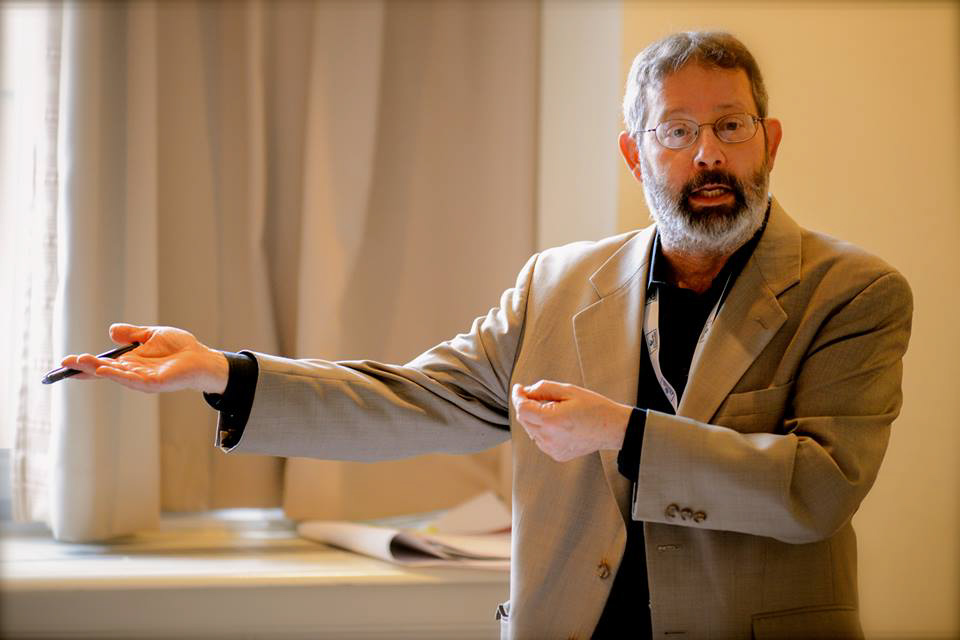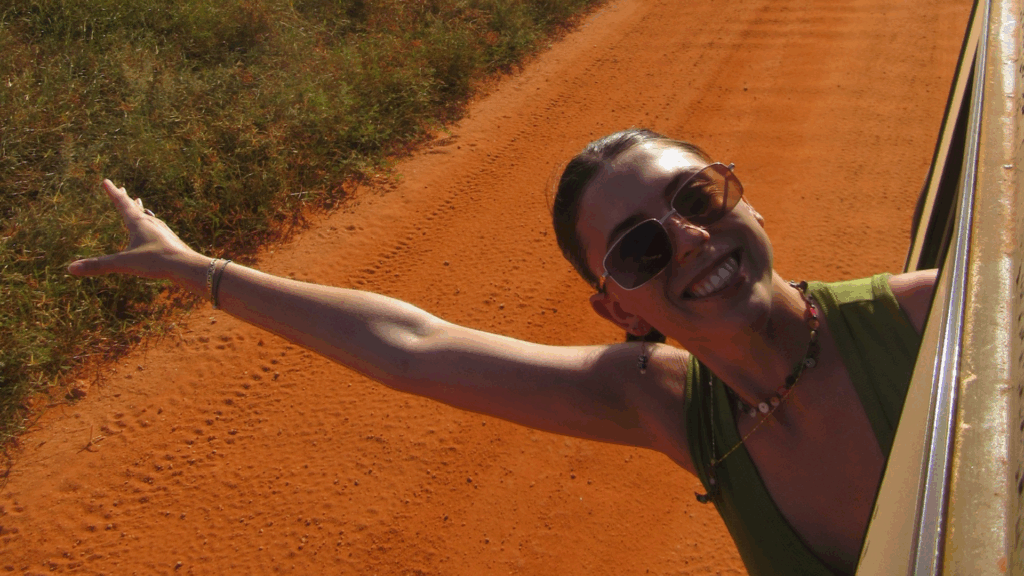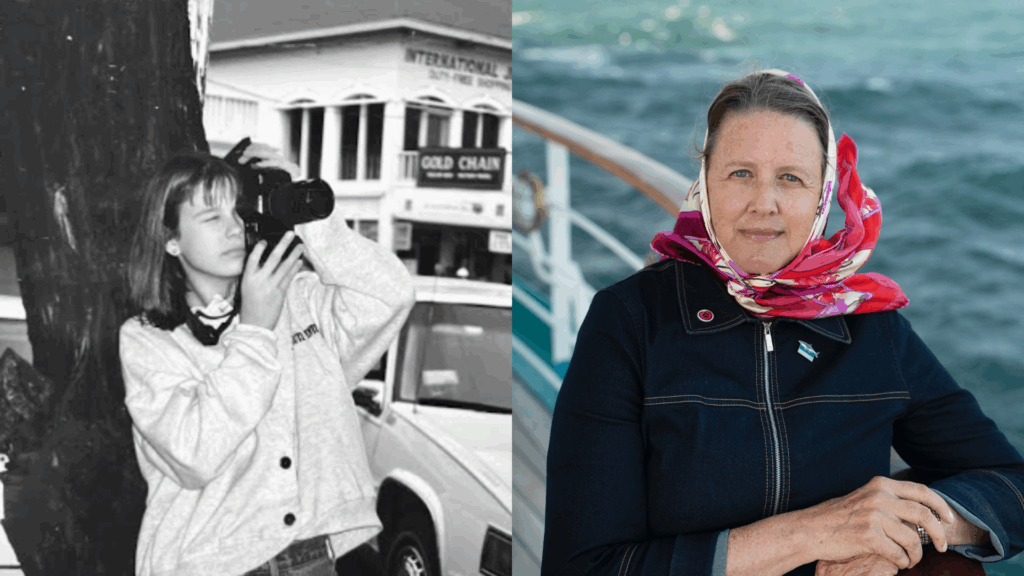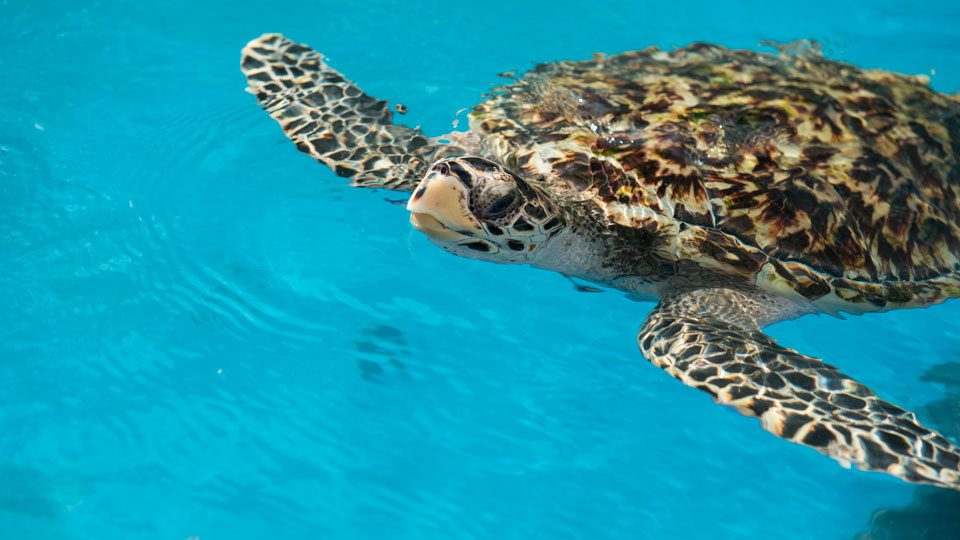
Brazil’s northeastern state of Bahia is a diverse and vibrant landscape from mangrove trees to small tropical rain forests, nature reserves, and white, sandy beaches.
A group of Semester at Sea students, faculty, staff and lifelong learners explored various parts of the regions wealth of flora and fauna, ending at the crystalline beach village of Praia do Forte where they learned how the community is working to save sea turtles in the area.
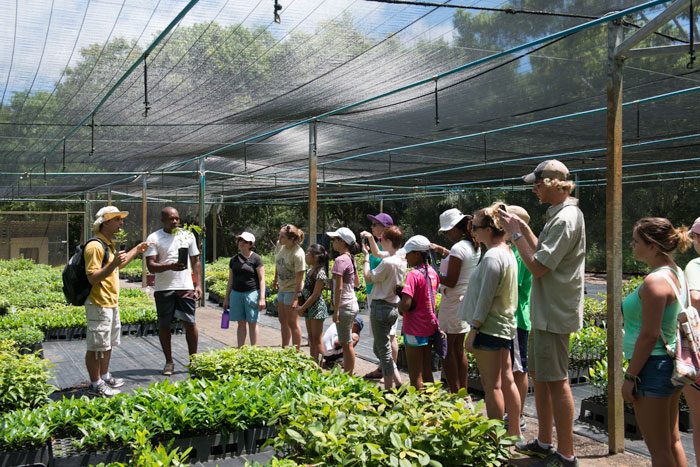
The daylong field program started at the Sapiringa forest, a lush 600-square-meter area home to several of plants that many SASers saw during their visit to the Amazon and which are still used by the indigenous people. Among them are the seeds from the arueira plant that are crushed and used for shampoo. Once a primary forest in Bahia, the Sapiringa forest (a secondary forest) is now a major location for preservationists with the Projecto Floresta Sustentaviel who are replanting the native Brazil and Scipria trees to revive their numbers throughout the region and ultimately throughout the country.
“When the Portuguese arrived in Brazil in the 1500s they discovered the Brazil trees and cut them down and took a lot of them back to Portugal or used them to build items here in Brazil,” explained the guide Cicero. The Brazil trees were popular among the Portuguese for the red dye they released when their barks were stripped back. Red coloring was hard to come by in 16th century Portugal, thus the trees became quite sought after.
Hundreds of Brazil and Scipria saplings lined a greenhouse in a section of the forest dedicated to the preservation efforts. The guide noted that it will take 50 years for Brazil trees to reach their full maturity as part of the reforestation effort.
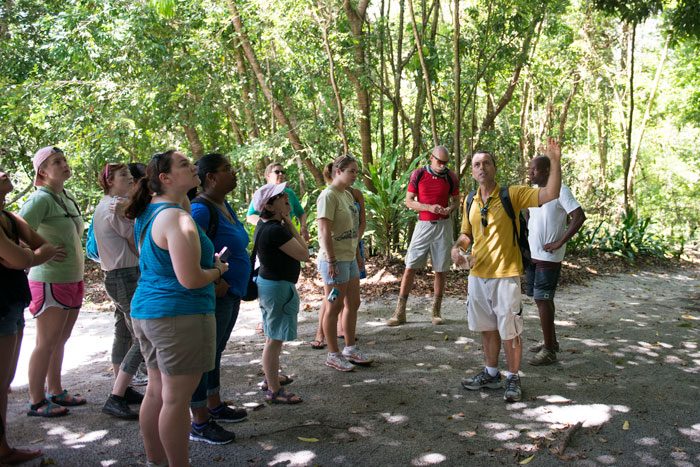
During a walk in the rainforest, the guide pointed to a host of fruit trees, including mango and coconut, most of which were brought to the country from India. “Many of the fruit trees, along with sugar cane, came from Asia, India and Africa,” he said.
Cacao however is indigenous to Brazil and SAS visitors learned that 95% of cocoa comes from cacao trees found in the Amazon and Bahia. In fact, Brazil is the biggest exporter of cocoa beans in the world, most of which come from Bahia state.
In addition to its flora and fauna, Praia do Forte is famous for its beautiful beaches, the nesting ground for five out of the world’s seven major sea turtles, all of which are endangered in varying degrees.
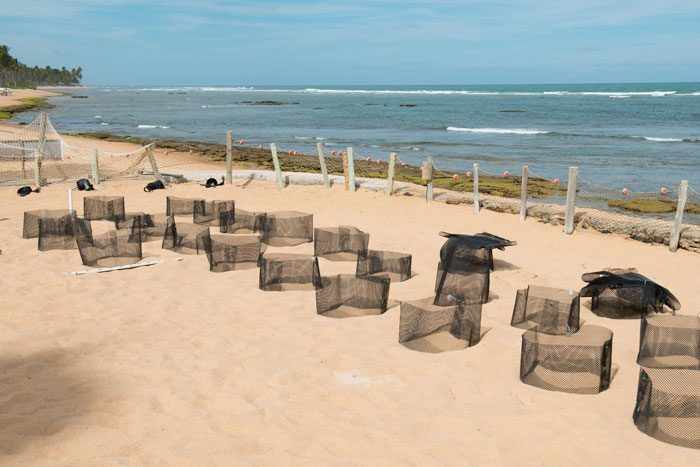
It is here that Tamar Project, a sea turtle conservation and rescue center in Praia do Forte, has been working since 1980 to protect sea turtles from extinction on the Brazilian coastline and to ensure the safety and longevity of the turtles and educate communities about the importance of saving the turtles and the ecosystem in which they live. SAS visitors learned about how and where sea turtles lay their eggs, the three-day long hatching process and the sometimes precarious journey from sand to sea for the tiny turtles. They also saw various species of sea turtles at the project’s center at different stages of their development.
“By protecting the sea turtle and the place where they live you end up benefitting so many other species as well,” Luena Fernandes, a biologist at the organization, told SAS visitors to the organization.
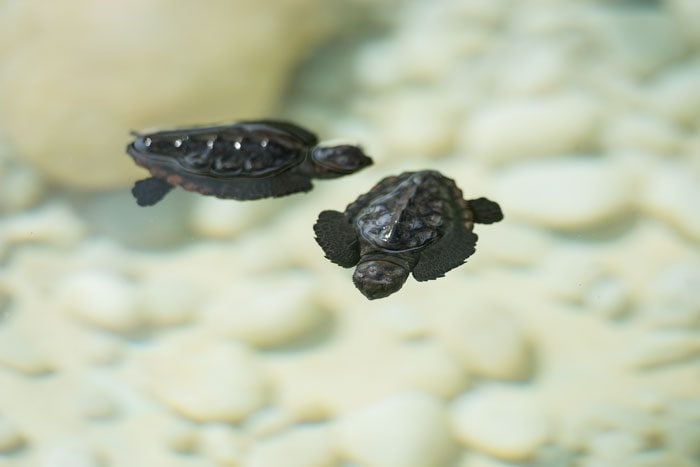
TAMAR stands for tartarugas marinhas (Sea Turtles) in Portuguese. The Tamar Project protects an estimated 14,000 nests and 650,000 baby turtles each season. In addition to its conservation work, the organization also helps build bridges with the local communities, replacing a culture of predatory behavior for one of protection, and providing job opportunities in areas where unemployment is high. Local fishermen who once killed the turtles and used their shells (mainly the Cogsbill Turtle) to make combs are today working with the project and bringing up their children in an environment based on ecological protection.
“I’m a biology major and I’m taking marine biology on the ship so I knew a lot about this stuff before, but I thought it was really cool to still have the hands-on experience,” said Jay Knowlton, a junior at the Univ. of Maine. “I’ve done several marine-type trips during the voyage because I really like the way that the hands-on work really complements what we’re learning on the ship.”
